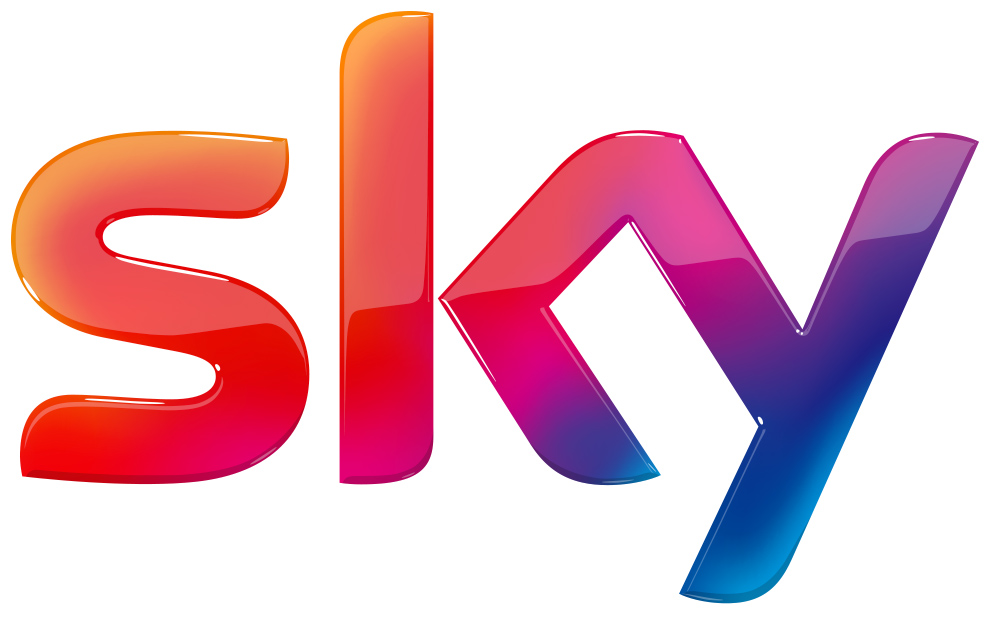Public Service-
A public service, such as the BBC inform and educate such as CBBC for children to learn and entertain such as strictly come dancing. The BBC produces a range of content that is not just for entertainment. Local and national news, party political broadcasts, politics programmes, the weather, programmes for infants etc are also shown on the BBC.
Channel 4 is a publicly-owned and commercially-funded UK Public Service Broadcaster in which delivers alternative content compared to other channels. Channel 4 is a State-owned public service broadcaster which was established as a statutory corporation and regulated by Ofcom it is subject to 16 licence quotas and other requirements, including: News and Current Affairs, Originally commissioned programmes, Out of London commissioning and Access services.
“The UK broadcasting ecology is the result of enlightened intervention by politicians and regulators. It is a carefully balanced mix of different organisations with different missions, business models and governance structures that have made UK broadcasting a worldwide success.”
Non-Public Service-
A non-public service is used for entertainment only.
 An example of this would be Sky where people pay on a monthly basis to watch their TV. Sky has a range of channels including some you have to pay extra for such as ‘Disney’ and ‘Sky Sports’.
An example of this would be Sky where people pay on a monthly basis to watch their TV. Sky has a range of channels including some you have to pay extra for such as ‘Disney’ and ‘Sky Sports’.
A Non-Public service is a disadvantage as because it’s non-public often they can run out of money and have to be shut down whereas a public service is constantly being funded.
Understand how media companies operate-
Apple is a vertically organised large media organisation. Senior team have very tight control of what happens in the organisation. Power rests mainly in the hands of the senior team. Junior managers have little influence.

Vertical organisation
When the management of an organisation exerts a strong level of control over all levels of a business down to the the actions of the least important employees – for example Apple and Disney. The vertical organisation has a structure with power emanating from the top down. There’s a well-defined chain of command with a vertical organisation, and the person at the top of the organisational chart has the most power. Employees report to the person directly above them in the organisation structure. Each person is responsible for a specific area or set of duties.
Horizontal organisation
A horizontal organisation has a less-defined chain of command. Employees across lines have similar input into how the organisation is run. Instead of each person having clearly defined duties, employees may work in teams, with everyone on the team having input. Employees may perform many different function and may report to several supervisors, rather than a single boss. Project managers or team leaders report to a team of supervisors, with members of each team being essentially equal in terms of power. When the management of an organisation exerts less strong control over a business and decision making is shared across a team. This is true of small to medium sizes media organisations such as the Lancashire Telegraph.
Vertical Integration
Cross–media marketing is a form of promotion in which promotional companies commit to surpassing traditional advertisement techniques and decide to include extra appeals to the products they offer. The material can be communicated by any mass media such as e-mails, letters, web pages, or other recruiting sources.
Cross-media Ownership is where large media companies own various types of media.
For example: Fox and Time Warner Cable.
Synergy is where media companies sell their products in different formats, for example, film, game, action figures like Harry Potter and Doctor Who etc.
Horizontal integration

